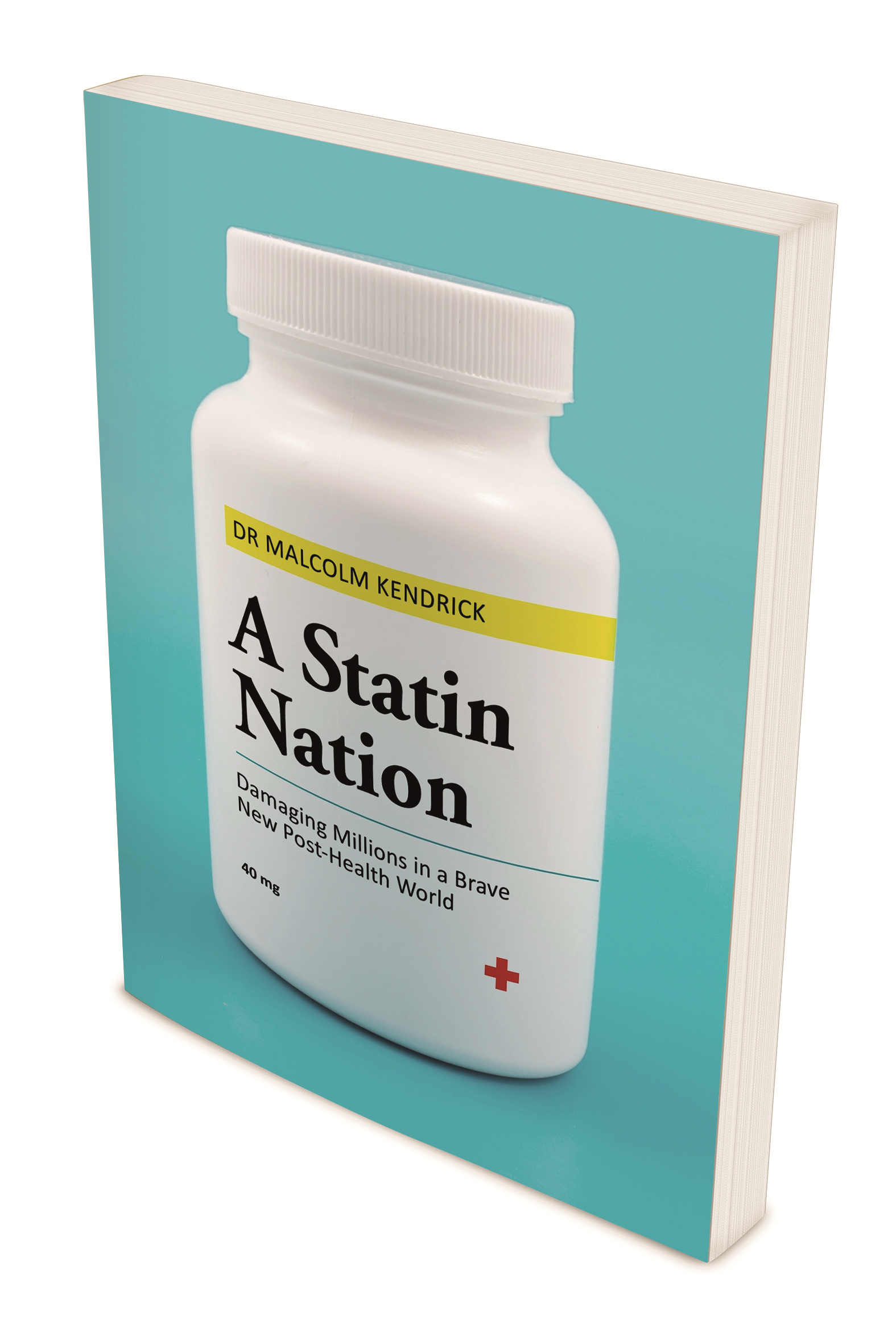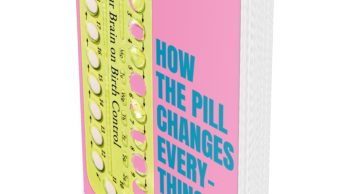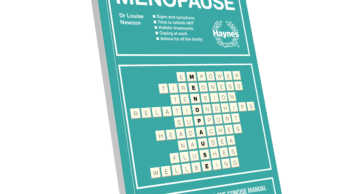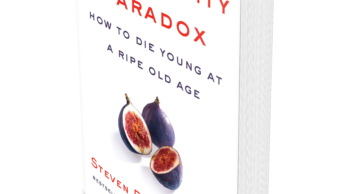
According to NHS Digital, lipid-lowering therapy was prescribed to 14% of adults in the UK between 2015 and 2016; and most pharmacies will have a large stock of statin drugs.
The notion that eating too much fat — particularly saturated fat — will raise cholesterol levels, clog our arteries and increase the risk of coronary heart disease has become embedded into our collective conscious. In the early 1990s, the Scandinavian Simvastatin Survival Study (also known as 4S) demonstrated that simvastatin was able to reduce cardiovascular mortality by lowering cholesterol and provided sufficient evidence to support the fat–cholesterol model.
Current NHS guidelines suggest that total cholesterol levels should be 5mmol/L or less. But is the current cholesterol paradigm correct and should we all be taking a statin to reduce our cholesterol levels if they are too high?
No, says Malcolm Kendrick, GP and author of A Statin Nation: Damaging millions in a brave new post-health world and the 2008 book
The Great Cholesterol Con
. Kendrick is a member of THINCS, an international group of cholesterol skeptics who oppose the view that animal fats and cholesterol play a role in cardiovascular disease.
The book starts with several chapters describing cardiovascular disease, atherosclerosis and heart attacks before moving on to describe fats, triglycerides and cholesterol itself. A later chapter discusses the various nonstatin approaches to lowering cholesterol and includes an appraisal of both ezetimibe and the latest agents, PCSK9 inhibitors; Kendrick concludes that while the PCSK9 inhibitors are very effective at lowering low-density lipoprotein (LDL) cholesterol, they offer no real advantages in terms of either cardiovascular or overall mortality.
Kendrick takes an analytical approach to the statin trials and suggests that what is really important is whether patients will actually live longer if they take a statin. In short, it seems that patients can live no more than a few extra days, even when statins are used for secondary prevention.
Much of Kendrick’s attack on statins is reserved for their potential adverse effects, particularly muscle aches and pains. He notes, for instance, how one consequence of statins’ mode of action is a reduction in co-enzyme Q10, which makes patients tired and lethargic; and cites research in which up to 60% of patients experienced muscle pain and weakness while taking statins. Yet the true incidence of adverse effects, says Kendrick, is shrouded in secrecy and held under lock and key by the Cholesterol Treatment Trialists’ Collaboration unit in Oxford.
An interesting chapter considers whether raised cholesterol is actually a cause of cardiovascular disease. Kendrick quotes many studies and concludes that the two factors are unrelated.
The central tenet of Kendrick’s argument is not that statins are ineffective but that raised cholesterol is an unimportant bystander in cardiovascular disease, and the lowering of LDL cholesterol is an inconsequential effect. He purports that statins are effective because of their pleiotropic properties; that is, they can have many effects — one of which is increasing the synthesis of nitric oxide, which has some positive cardiovascular effects, including lowered blood pressure, an anticoagulant action and a protective effect on the lining of arteries.
The book concludes with chapters on how to avoid cardiovascular disease; this involves the usual things (such as doing more exercise, not smoking and drinking in moderation) but also increasing exposure to sunlight. This is not only because of the vast range of positive effects from vitamin D, but also because of the recent discovery that sunlight increases nitric oxide synthesis.
The final few chapters seem to be an afterthought, covering which, if any, vitamins and supplements that should be taken, the value of screening (hint: there isn’t really any), heart rate variability and the level of salt intake.
Overall, this is a fascinating book, helped in part by Kendrick’s humorous tone. Whether or not the book changes pharmacists’ views on the topic, it offers an alternative perspective that challenges our current beliefs, and it is certainly worth knowing about.
Rod Tucker
References
Kendrick M. A Statin Nation: Damaging millions in a brave new post-health world. Pp 304. £9.99. London: John Blake Publishing; 2018. ISBN 978-1-78606-825-5


